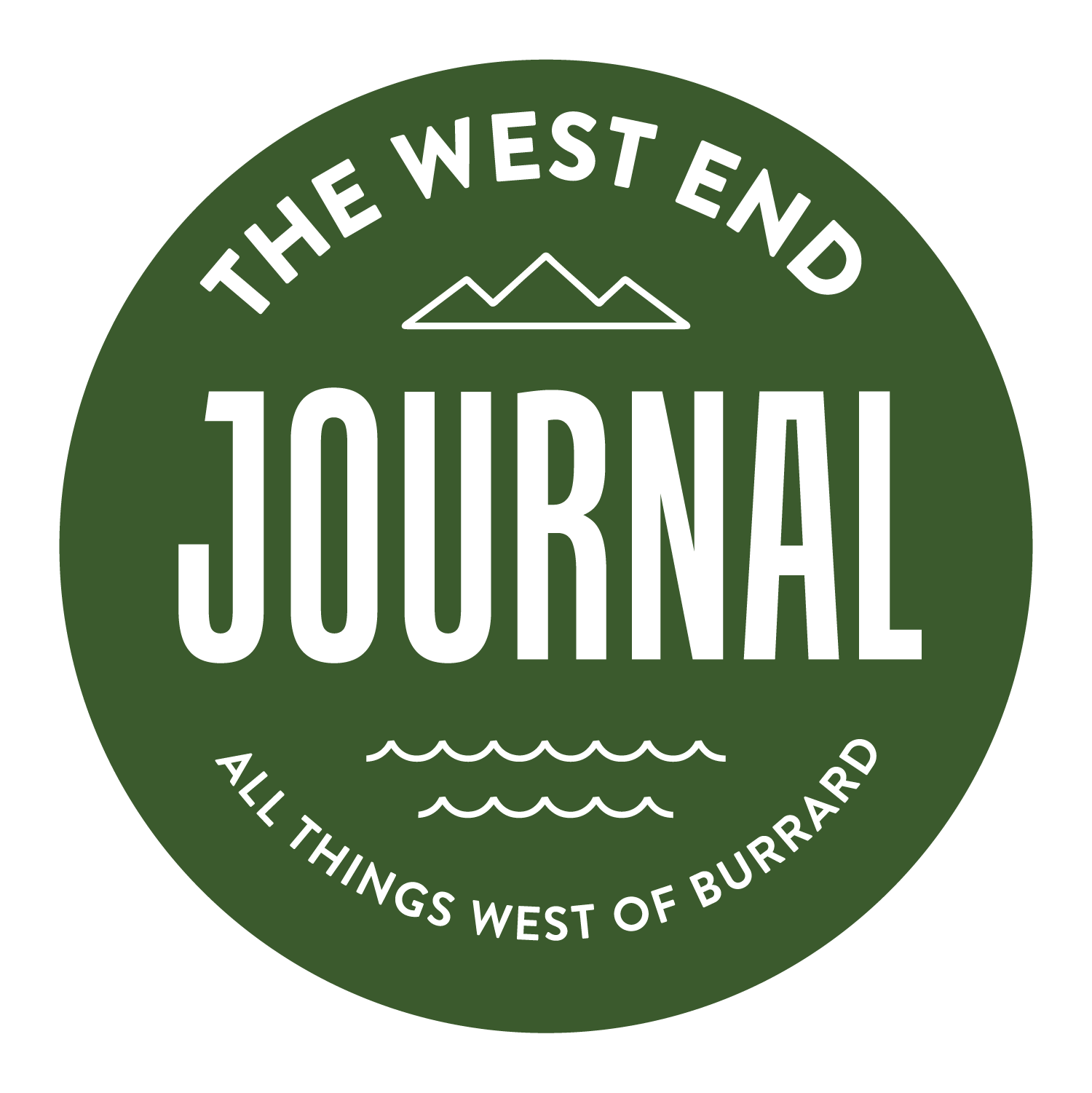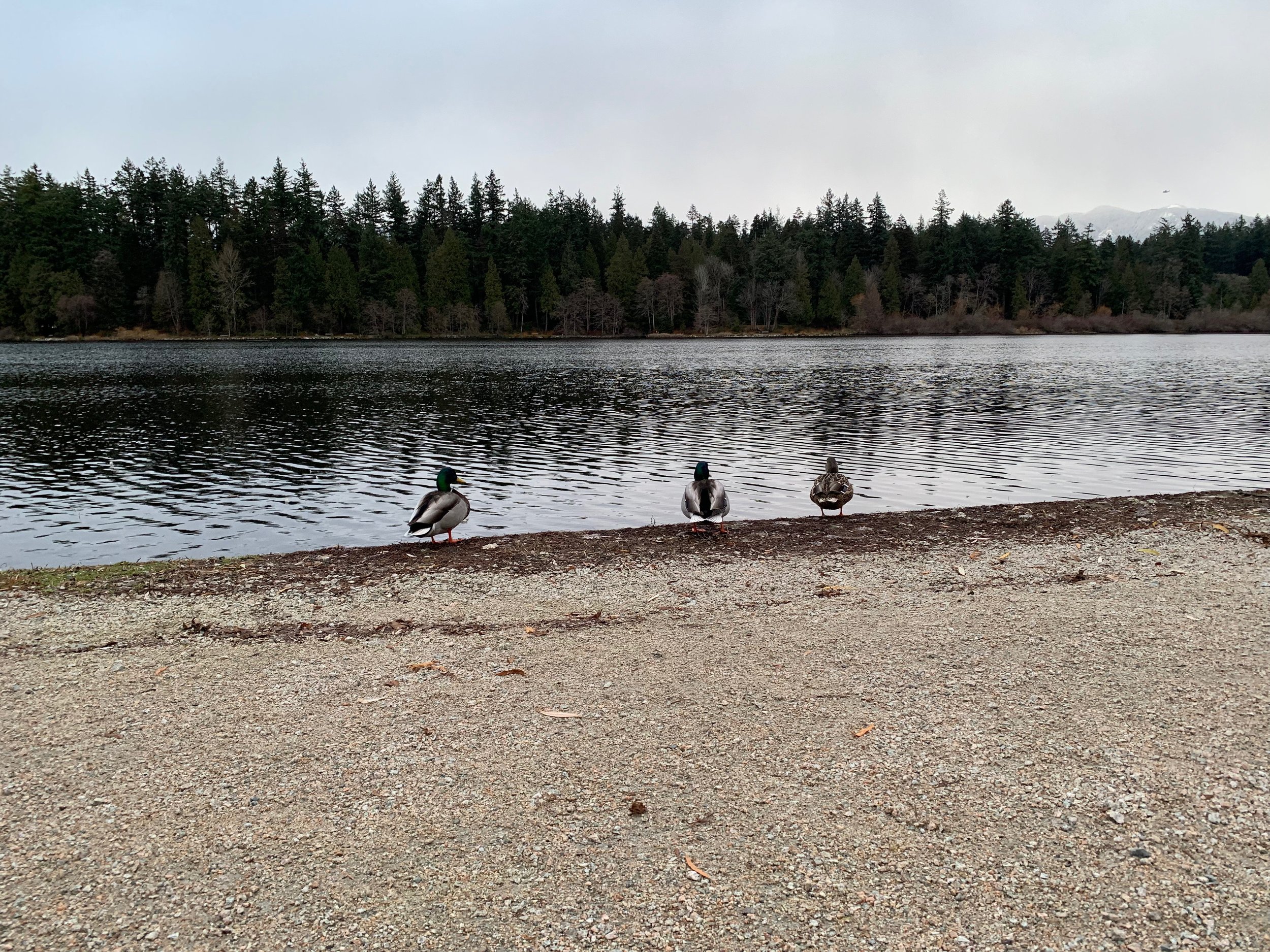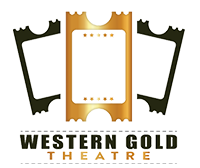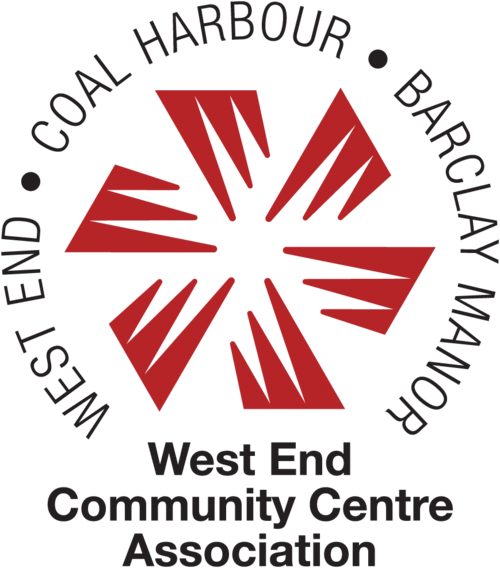STANLEY PARK NOTEBOOK
/(Nate Lewis Photos)
THE STATE OF LOST LAGOON
Past, Present, and Looking Ahead
by Nate Lewis
My name’s Nate and I will be writing the Stanley Park Notebook while Jacqui Birchall takes a break to visit warmer climes. It would be impossible to fill the goretexxed galoshes of a figurative giant like Jacqui – someone who remembers the true meaning of a ‘beat’, walking the park’s trails, meadows, and beaches many times a day and consistently being the first to the story.
Never fear, like the tulips, Jacqui will return in spring. But for now, welcome to my Notebook!
Inspired by Jacqui’s storytelling, I endeavor to go beyond bike lanes and coyotes, to bring you fresh stories about this unique Park. Stories about the land, told by Coast Salish people who lived on and off of the area to sustain themselves for generations. Stories about big changes in the Park, aimed at sustaining and improving the basic services for the dense city just steps off the Causeway. Stories about people, who are striving to keep Stanley Park a safe and hospitable place for animals, plants, and humans -- visitors and locals alike.
So, without further ado, on to our first topic!
A LAGOON LOST
“For many minutes we stood silently, leaning on the western rail of the bridge as we watched the sunset across that beautiful little basin of water known as Coal Harbor… I named the sheltered little cove the Lost Lagoon… for, as that perfect summer month drifted on, the ever-restless tides left the harbor devoid of water at my favorite canoeing hour, and my pet idling place was lost for many days – hence my fancy to call it Lost Lagoon.” – Pauline Johnson, Legends of Vancouver, 1911.
These days Lost Lagoon is no longer the intertidal mudflat that Johnson wrote of, but rather a mostly freshwater lake. The area was physically separated from Coal Harbour in 1916 by the construction of the Stanley Park Causeway.
For the first thirteen years of its existence, the lake was fed only by runoff water. This caused the lake to be unable to support aquatic life, due to high salinity caused by low water flow and evaporation. In 1929 the local fly fishing association raised money to convert the area into a freshwater lake that could be stocked with trout for sports fishing. And now, just over a hundred years after the lake was built, there is a push to convert it back into a tidal marsh for the ecological health of the area.
The circular history of Lost Lagoon is an ironic one, as one of the motivating reasons for building the causeway in the first place was to always keep the area flooded and do away with the “decidedly unappealing”(1) mudflats.
STATE OF THE LAKE
In a 2010 “State of the Park” (2) report on the state of Stanley Park, by Stanley Park Ecology Society, the water quality in Lost Lagoon was rated as ‘poor’. The report noted that “invasive species, unnatural water regimes, saltwater incursions, elevated nutrient levels, [and] high densities of waterfowl,” were having a negative impact on the quality of the Lagoon’s water.
Olga Lansdorp is a conservation technician with the SPES.
“From my estimation, I think the water quality is one of the biggest issues at Lost Lagoon… also with a nod to invasive species, that's a big issue as well,” Lansdorp says.
Poor water quality and invasive species are of significant concern to the overall health of the Lost Lagoon ecosystem. However, the lake and the surrounding area do provide permanent and seasonal habitats for many different animals. These include river otters, American mink, a beaver family, red-eared slider turtles, bats, swans, osprey, herons, frogs, ducks, gulls, and other overwintering birds.
Lansdorp and others at SPES are trying to restore some of the small islands that already exist in Lost Lagoon near the shores and which are dominated by invasive species.
“We kind of go in and remove the invasive species and plant native species and try to keep in mind all the animals that might use the habitat. So planting or encouraging species that are conducive to, for example, otters or geese occasionally resting on the island, that kind of thing.”
SPES can remove invasive species and create habitats for wildlife. But their mandate is limited. The root issue around Lost Lagoon – the constructed, unnatural nature of the lake itself, which requires constant human intervention to maintain – requires a shift in ecology that is far beyond the scope of what SPES can do.
“I think that the fixes that would have to happen would be more large-scale than what SPES is capable of really doing,” Lansdorp says.
In 2011, the Vancouver Park Board proposed nine actions (3) to address the poor water quality in Lost Lagoon. Of those actions, six had not been started and only one was complete as of October 2020. The Vancouver Park Board is responsible for leading most of the actions. SPES is the co-lead on a couple of those items.
One of the long-term solutions being considered to improve the water quality in the area is to reconnect Lost Lagoon and Coal Harbour, restoring the habitat as an intertidal mudflat.
In 2018, an independent ecological restoration strategy called for a reintroduction of “tidal flushing” into Lost Lagoon from Coal Harbour, thereby “restoring the degraded ecosystem into a diverse coastal salt marsh”.
According to SPES, this would not only create a more productive and healthy ecosystem but would also help prepare the habitat for the effects of climate change.
The Lost Lagoon area is currently at risk of increased flooding events due to sea-level rise.
WHERE’S THE WATER?
The 2020 State of the Park report (5) noted that the Vancouver Park Board’s ecological action plan for Stanley Park directed that the practice of using potable city water to top up water levels in Lost Lagoon would be continued, in an effort to maintain “water depths, cool waters, and oxygen” in the lake.
However, according to the 2020 report, “policies have shifted” and most municipal water use in the Park has been shut down for the purposes of water conservation since 2015.
City of Vancouver Environmental Planner Alan Duncan indicated to SPES that “alternative freshwater sources” to top up Lost Lagoon were being investigated in 2020.
A FICKLE FOUNTAIN
The Lost Lagoon Fountain, or Jubilee Fountain as it’s called by some, was built in 1936. In 2016 it was significantly damaged by a flood and since then the estimated costs to fix it have increased. When operational, the fountain improves water quality by aerating the lake.
Dissolved oxygen in Lost Lagoon, which is critical for “aerobic aquatic organisms” to survive and reproduce, is also rated as poor according to the 2020 report. Since 2010 there has been a reduction in dissolved oxygen in Lost Lagoon to levels that are harmful to aquatic life.
SPES considers the trend for dissolved oxygen in Lost Lagoon to be stable, meaning “it is not expected to improve with restoration.”
Just this September a number of dead carp were found along the shoreline, which SPES staff believe “is related to the overall water quality of Lost Lagoon, mainly low dissolved oxygen and high salinity levels”.
LOOKING BACK, MOVING FORWARD
Concrete plans for the future of Lost Lagoon have yet to be announced. However, that could soon change. The release of the Stanley Park Comprehensive Plan in early 2022 should provide answers on the approach that the Park Board is choosing to take to restore the area.
Since the Park’s inception, building infrastructure that allows access has been a crucial issue for politicians and municipal planners. 134 years after the first bridge was built into Stanley Park, that very site continues to change, reflecting Vancouver’s centenarian struggle to define itself.
RESOURCES:





